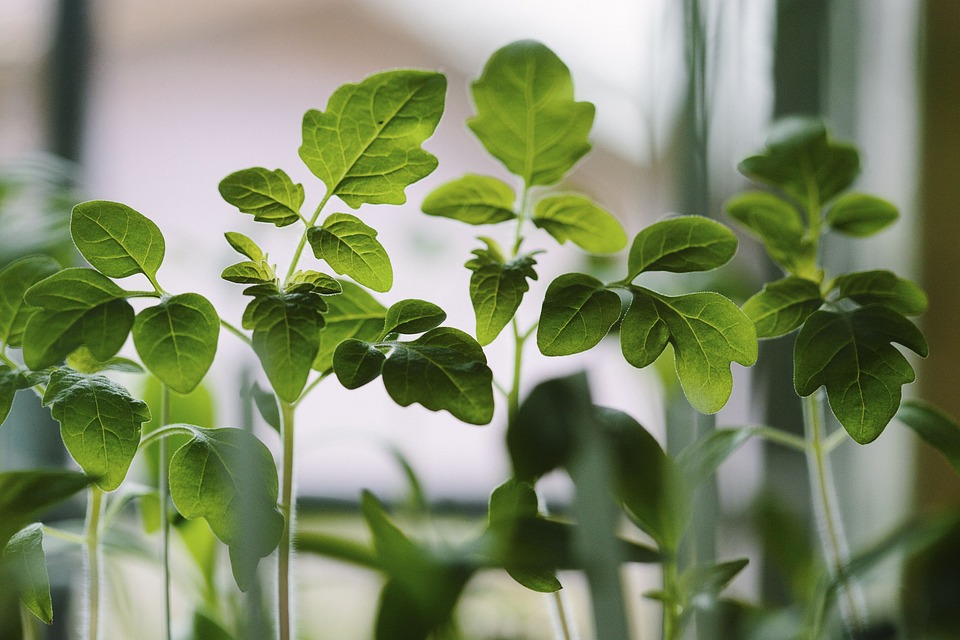# Biodiversity in Agriculture: A Key to Sustainable Farming Success
There’s nothing quite like the thrill of watching a tiny seed grow into an abundant plant, its roots sprawling and its leaves unfurling under the sun. This awakening was a game-changer for me when I transitioned to sustainable farming. It’s amazing to see how diverse plant life not only enriches the soil but also creates a thriving ecosystem, making farming more resilient and vibrant. The moment I introduced companion planting into my garden was like flipping a switch; I learned firsthand that biodiversity is not merely a buzzword—it is the foundation of sustainable agricultural success.
## The Core of Biodiversity in Agriculture
Biodiversity in agriculture refers to the variety of life forms in a given area—plants, animals, microorganisms, and their interactions. In farming, it encompasses crop diversity, livestock diversity, and the variety of beneficial insects and other organisms that inhabit our fields and gardens.
### The Benefits of Biodiversity in Agriculture
1. **Pest Management**
A diverse range of plants can naturally deter pests and diseases. For instance, planting marigolds among vegetables can repel nematodes and aphids. Additionally, many beneficial insects, such as ladybugs and lacewings, thrive in biodiverse environments, helping keep pest populations in check.
2. **Soil Health**
Diverse root systems improve soil structure. Different plants extract and deposit various nutrients, which promotes a balanced nutrient profile in the soil. A diverse microbial community also plays a crucial role in breaking down organic matter and releasing nutrients back into the soil.
3. **Resilience to Climate Change**
A biodiverse farming system is better equipped to cope with climate variability. Crop diversity allows farmers to adapt to unfavorable conditions, whether it be drought, excessive rain, or disease outbreaks. With varied crops, farmers also spread risk, ensuring they can harvest a yield regardless of unforeseen weather changes.
4. **Enhanced Nutrition**
A varied diet is essential for good health. Similarly, biodiversity in agriculture can enhance the nutritional value of food. Different plants provide a broad spectrum of vitamins and minerals. Intercropping legumes with cereals, for instance, boosts protein content in the diet while improving soil fertility.
5. **Economic Benefits**
Biodiverse farms are often more productive. They can offer a range of produce that appeals to different markets and customers. Additionally, the diversity of crops can lead to better financial resilience, as farmers are not solely reliant on one crop for their income.
## Creating a Biodiverse Farm
Now that we understand the myriad benefits biodiversity offers, let’s dive into ways to create a biodiverse farm:
### **1. Companion Planting**
Companion planting is the practice of growing different plants together in a way that enhances their growth. For example, planting basil alongside tomatoes can improve tomato flavor and repel certain pests. Consider experimenting with traditional combinations, such as the “Three Sisters” method used by Native American farmers: corn, beans, and squash.
### **2. Crop Rotation**
Rotating crops each season helps maintain soil fertility and reduces pest build-up. Different crops have different nutrient requirements and root structures, which can reduce soil depletion and disturbance. By alternating heavy feeders with light feeders, you can maintain balanced soil health year-round.
### **3. Plant Selection**
Choose plant varieties adapted to your local climate and that are known to foster a variety of wildlife. Indigenous plants are particularly valuable, as they co-evolved with local insects and wildlife, creating a natural balance that supports agricultural productivity.
### **4. Habitat Creation**
Design your landscape with biodiversity in mind. Incorporate hedgerows, wildflower strips, and ponds to attract beneficial wildlife, pollinators, and predators.
### **5. Encourage Natural Predators**
Birds, bats, and beneficial insects can significantly reduce pest pressure. Create nests and habitats, or install bat boxes, to invite these natural pest controllers into your farm.
## Pro Tips for Promoting Biodiversity
1. **Start Small:** If you’re new to biodiversity, begin with a few companion plantings or one crop rotation method. Gradually incorporate more techniques as you gain confidence.
2. **Learn from Nature:** Spend time observing local ecosystems. What plants grow best together? Which insects inhabit them? Mimicking natural ecosystems can yield many surprising beneficial outcomes.
3. **Network:** Join community gardens or local farming groups focused on sustainable practices. Sharing experiences will provide real-world insights into successful biodiversity practices.
4. **Document Your Successes and Failures:** Keep a farming journal. Record what you planted, how it fared, and what pests appeared—this can become an invaluable resource for refining your approach.
5. **Use Organic Practices:** Biodiversity thrives in organic systems where synthetic chemicals are minimal. By practicing organic farming, you can improve biodiversity and your farm’s overall health.
## Exciting Projects to Boost Biodiversity
– **Pollinator Gardens:** Designate a section of your land for a wildflower patch dedicated to attracting and supporting pollinators. Similarly, your vegetable and fruit yields will benefit from the increased bee activity.
– **Permaculture Design:** Consider implementing permaculture principles, which emphasize sustainability and biodiversity. These designs promote land use that naturally harmonizes with the local ecosystem.
– **Seed Saving:** Collect seeds from diverse crops to preserve genetic variety. Not only does this practice foster biodiversity, but it also preserves regional varieties that may be better suited to local growing conditions.
## The Road Ahead: Envisioning a Biodiverse Future
Sustainable agriculture relying on biodiversity can have a transformative impact not just on our farms but on our communities and ecosystems. As we work to connect with the earth and restore its inherent balance, we bolster food security, improve nutrition, and create a path for future generations.
As practitioners and enthusiasts of sustainable farming move forward, we must emphasize education about biodiversity’s importance in agriculture—whether through workshops, social media, or community engagement. By fostering a culture that values biodiversity, we can make strides towards a healthy planet.
In the words of Sir Albert Howard, “The future of our agriculture lies in its ability to maintain its cultivation in accordance with the laws of Nature.” Let’s embrace that philosophy, celebrate biodiversity, and transform our landscapes into thriving, resilient ecosystems rooted in sustainable farming.
—
Biodiversity is a journey worth embarking on—a voyage filled with discovery and connection. Your garden or farm can be a microcosm of a flourishing ecosystem, a place of beauty and abundance where harmony reigns. So grab your seeds, embrace diversity, and grow not just for today, but for a fruitful tomorrow.



